While many folks likely discovered Capybara Games through the likes of Critter Crunch or even Might & Magic: Clash of Heroes, I first heard of the studio when I played Sword and Sworcery EP many years ago. I’ve been following Capybara Games since, and I even loved the games the studio was involved with like Sony’s Sound Shapes and, more recently, Capy’s own Grindstone, which is one of Apple Arcade’s best games. Today, Capy announced Battle Vision Network, an online PvP puzzle battle game intertwining color-matching puzzles with turn-based tactics. Ahead of the reveal and its launch in 2025, I had a chance to talk to Capybara Games’ Creative Director Dan Vader about the game, inspirations, Eurovision, Steam Deck, working with Netflix, and a lot more. This interview was conducted on a call. It was then transcribed and edited for brevity in the case of some portions.
TouchArcade (TA): For those unaware, tell us a little bit about yourself and Capybara Games.
Dan Vader (DV): I’m the Creative Director and I’m currently the director of Battle Vision Network. I’ve been doing design and writing at Capy since 2007. I’ve worked on a lot of our games in a design and creative capacity.
TA: While most people today likely know Capybara Games because of Critter Crunch or Might and Magic, I wanted to also cover some of the older games like Super Shove IT or Plant Life. How is the Capybara Games of today different from the one back in 2003? How is the studio philosophy and stuff like that right now?
DV: That’s one of the wild things. A lot of people that were there in the beginning, are still there. I’ve been there since 2007. People have been there a couple of years before me. There’s a lot of folks at the studio who we’ve all worked together for, you know, 15 plus years, which I think is kind of astonishing a bit in the industry to not have people leaving and moving around for whatever reason Capy has really high retention. And then the other cool thing is that we just had an influx of a bunch of new folks who have come from other corners of the industry that brought their expertise in. And so it’s a nice melting pot of the old school folks that have been there forever, and a bunch of new people that have different perspectives. And it’s just it’s gelling really, really nicely. The vibe is great these days.
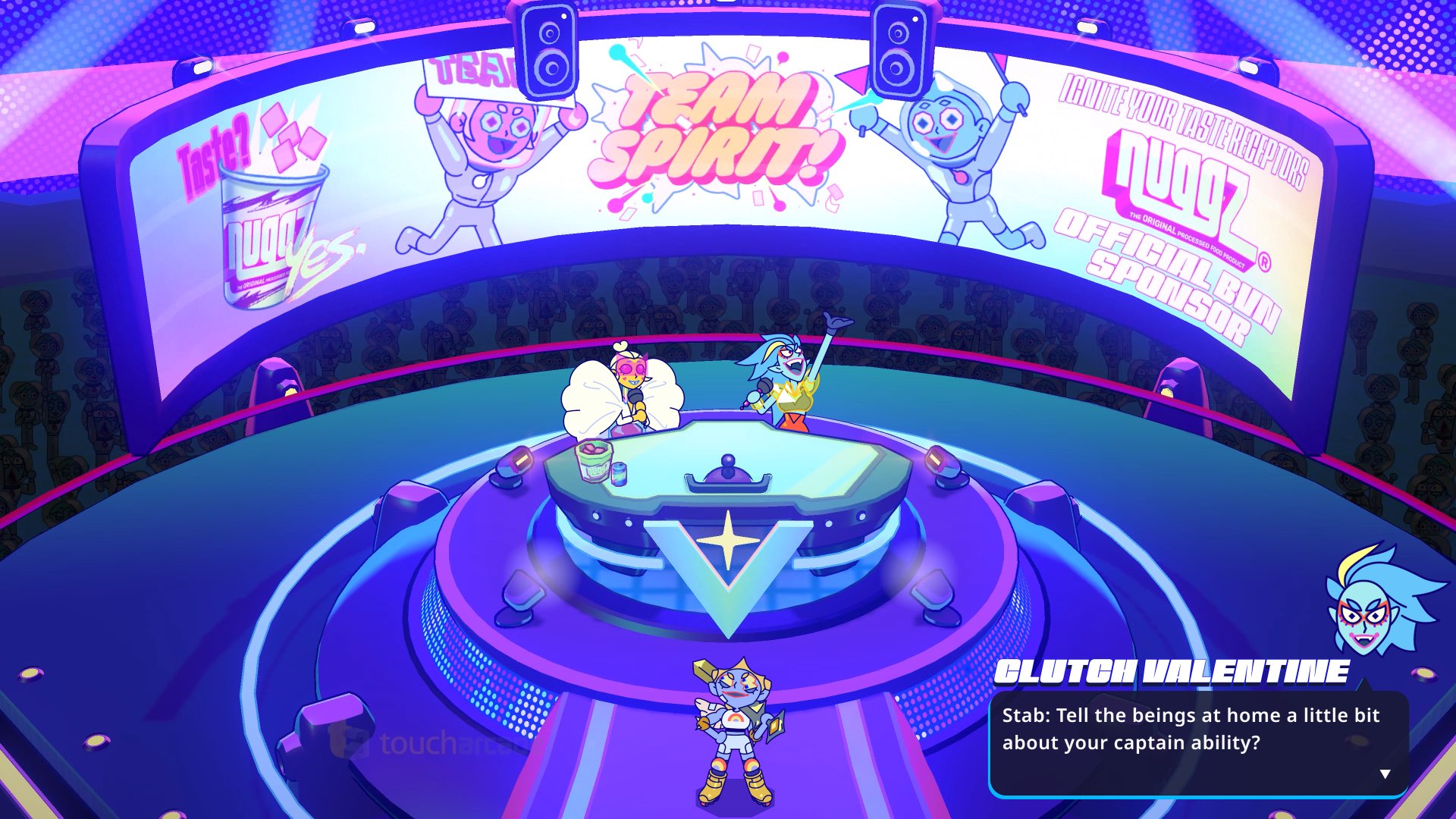
TA: Sound Shapes was one of the few games which got me to buy a PS Vita back in the day. I wanted to know how it was for Capy working with the teams involved in Sound Shapes. I really love that game even today.
DV: Yeah, that’s a really special game. That was a really cool experience. So you know, we’re an indie studio in Toronto, Queasy games, the studio that made Sound Shapes was an indie studio. And so it was a really, I think to certain extent still is a really tight knit community that everyone knows everyone. And so Queasy was working on that game for a while, and I think just sort of casually they just needed some help. Like they were focused on the core experience, but they just didn’t have the person power to sort of explore the tool themselves. Make a bunch of levels sort of figure out the identity of the game and what you could do with their level editors.
So Capy lent me as a designer to them. And for you know, I think it was for over a year. Like almost all I did was just make levels all day long. And I just experimented and made tons of levels with different kinds of ideas. And the cool thing is you weren’t just making levels. You were making songs and levels. You were placing notes to make cool beats and songs and melodies that also provided gameplay and kind of told the little story. So for about a year or more, it was just me sort of exploring their tool and having frankly an amazing time doing it. Kind of learning a lot about level design. Those are the first level like levels that ever made. And then yeah, we sort of together through all those experimentation, I made hundreds hundreds of levels. And through all those experiments, experimentations we sort of figured out a plan for like the official albums that were going to be like the level packs that were presented to players.
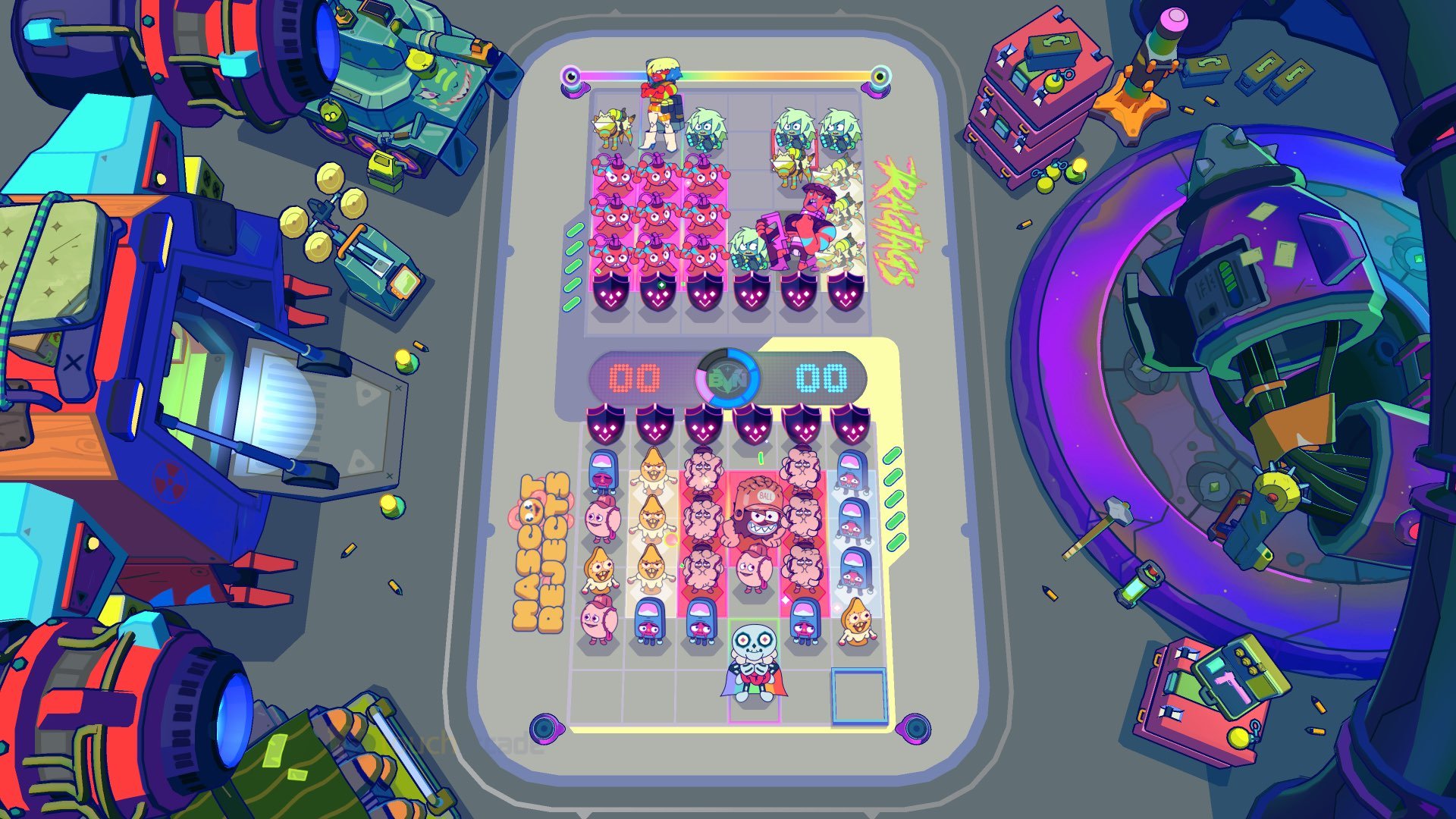
And the really cool thing about it was we kept saying like, you know, those levels we made that were like the campaign. They were sort of there not to be the definitive experience. They were there to sort of give players ideas of what they could do. And the idea always was it’ll be really cool when the community makes levels that are better than ours. And we’re always wondering how long is that going to take.
And I think you know, I think some of us were like, oh yeah, in a month, I bet you they’re going to have like the stuff that’s mind-blowing better than ours. And the game was released and I swear to God it was like two days later. We’re like look at this stuff. Like what are people making? Like it was mind-blowing what people were making. And it was just that they were beautiful songs. Incredible visual art. You use blocks to basically buy everything. And then these like mind-blowing game play concepts. It was totally stunning to me with the community created. Yeah, it was such a special game. And I really, I just off every once in a while just like hear those songs again and just get back into that mode. Yeah, it’s such a wonderful game.
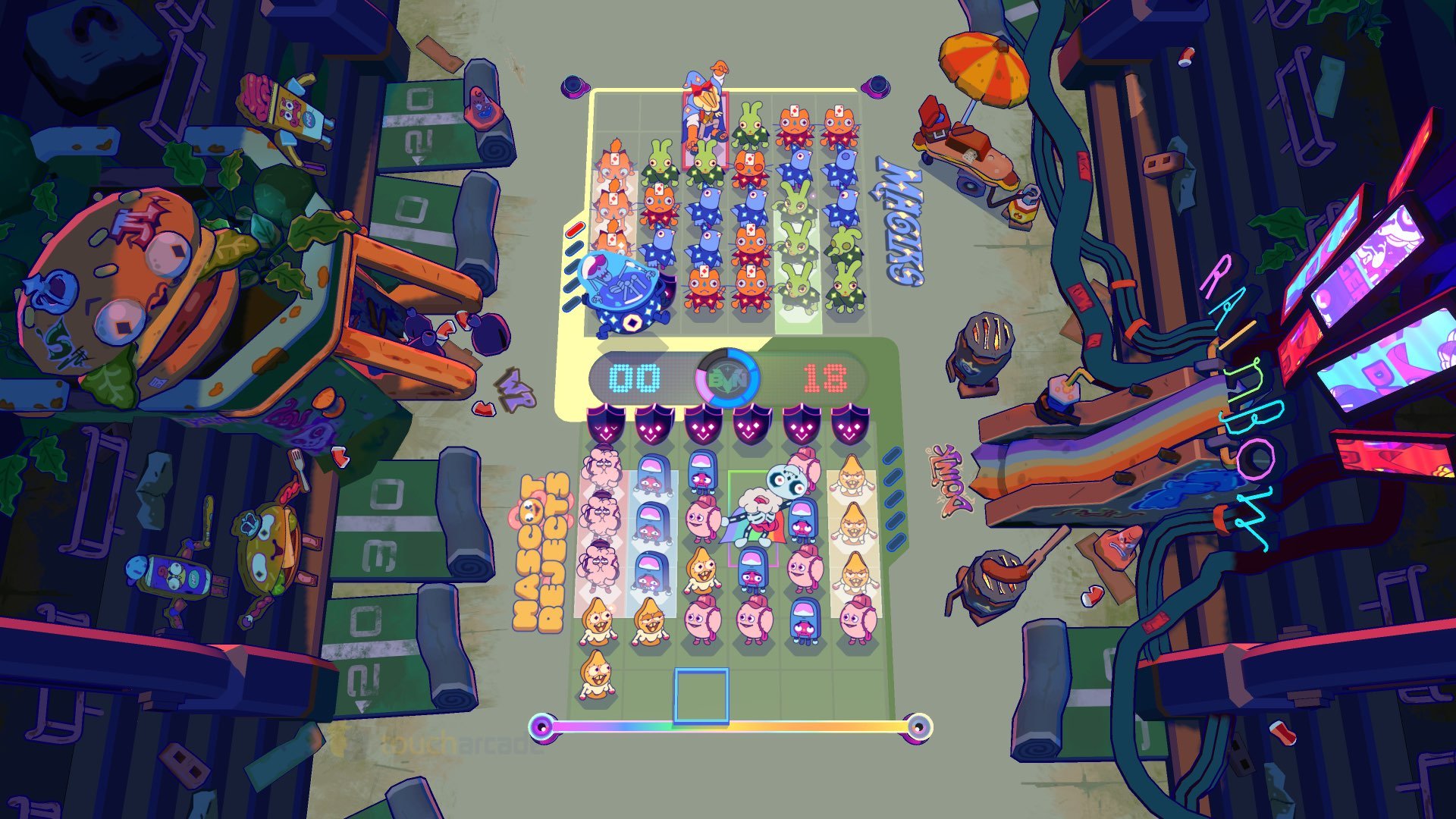
TA: You’ve been at the studio for a very long time now. What has been your favorite game to work on so far?
DV: That’s really tough. It’s kind of a toss up. It’s kind of a toss up between I think of the games where just like making games is hard. They’re all stressful, not none of them are not stressful. They’re always harder than you think. I think about what the game is and where it doesn’t matter how tough the week was, or how long the day was. When I found myself playing them for fun at night like playing a build not to test it not to find bugs, but just because I wanted to play it. I knew those were really special like games. So the two that come to mind are definitely Grindstone, like I played every level of it 10 times each. I played the whole thing and sometimes when I go to a cottage or something or on a vacation, I pull up my phone and I load up Grindstone to just play. So that was a really special game.
I think the one that they really like, not just me, but the studio and everyone that works on it has a really soft spot for Super Time Force. That was such a fun game because you know it will really encompass the humor and the wild sort of sense of humor in the studio. Like there was no like almost no ideas were left in the cutter and floor we put everything into that game. Like there’s a million jokes, a million Easter eggs. We just really poured ourselves into that game and it is one of the most happy games in terms of the vibe of it. So I love that game.
TA: Since we covered a bit of Grindstone, when I saw the trailer for Battle Vision Network, there’s an obvious Grindstone influence, because it feels like it’s picking up from that aesthetic. What are your inspirations for Battle Vision Network?
DV: The main inspiration was our own game Clash of Heroes. We were looking back at that design and sort of dusting it off, and sort of seeing what new ideas we could shake out of it because like I said, there’s a lot of nostalgia for the games we’ve made, and a desire to return to them and that is sort of how Battle Vision Network came about. There were a few dedicated folks at Capy who just like remembering nostalgia believe that multiplayer battles we used to have in the office, you know DS to DS, and we’re sort of tinkering with the prototype of what if we just built a multiplayer only version of this? A version of Battle Vision that was completely focused on a PvP experience. That was the main inspiration. What could we do with the Clash design we created?
Another big inspiration actually for it was Eurovision, like the contest. We were just thinking about the world, and we came up with the idea of a televised spectacle. Obviously the Olympics comes to mind, American NBA/NFL kind of stuff. Eurovision really spoke to us in terms of you never know what’s going to walk on stage on Eurovision and it can be one of the wildest things you’ve ever seen. We wanted something just like that. You just don’t know what team and what new units are going to come out of the universe, out of hyperspace and join this crazy melting pot.
Definitely Grindstone to a certain extent just in terms of what we learned a lot making and updating it over like five years. We learned a lot about that kind of development, and the idea of iterating on your own game live. Instead of just sort of happening into that, we wanted to build it from the ground up with that in mind.
TA: Is a lot of the team that worked on Grindstone also working on Battle Vision Network?
DV: A fair bit of the team has moved over to this. We’re always sort of working on a couple things at once, so it’s not everyone, but a lot of the Grindstone folks are now over here on Battle Vision Network.
TA: When I saw the trailer during the Day of the Devs media event, I figured it was going to be a Steam and Switch game. I was surprised to see it coming to Netflix for mobile, especially because Grindstone is one of the banner Apple Arcade games. How was it working with Netflix on this one?
DV: It’s been amazing so far. They were just really excited about Battle Vision Network, and about our games. It’s Netflix and they have a wide reach, a huge audience, and an audience for sort of every kind of thing. It feels like there’s a place for every kind of entertainment at Netflix.
Their enthusiasm for the game was something that really appealed to us. Obviously we loved working with Apple Arcade on Grindstone, and I think it really benefited from being in that launch, so it was a great time working with them, but it just came down to just wanting to sort of try a new thing. Also we really admire their enthusiasm for games. I see what you guys write about every week. There are a lot of really interesting games coming to Netflix Games, so it’s just sort of cool to think about where it’s going to lead.
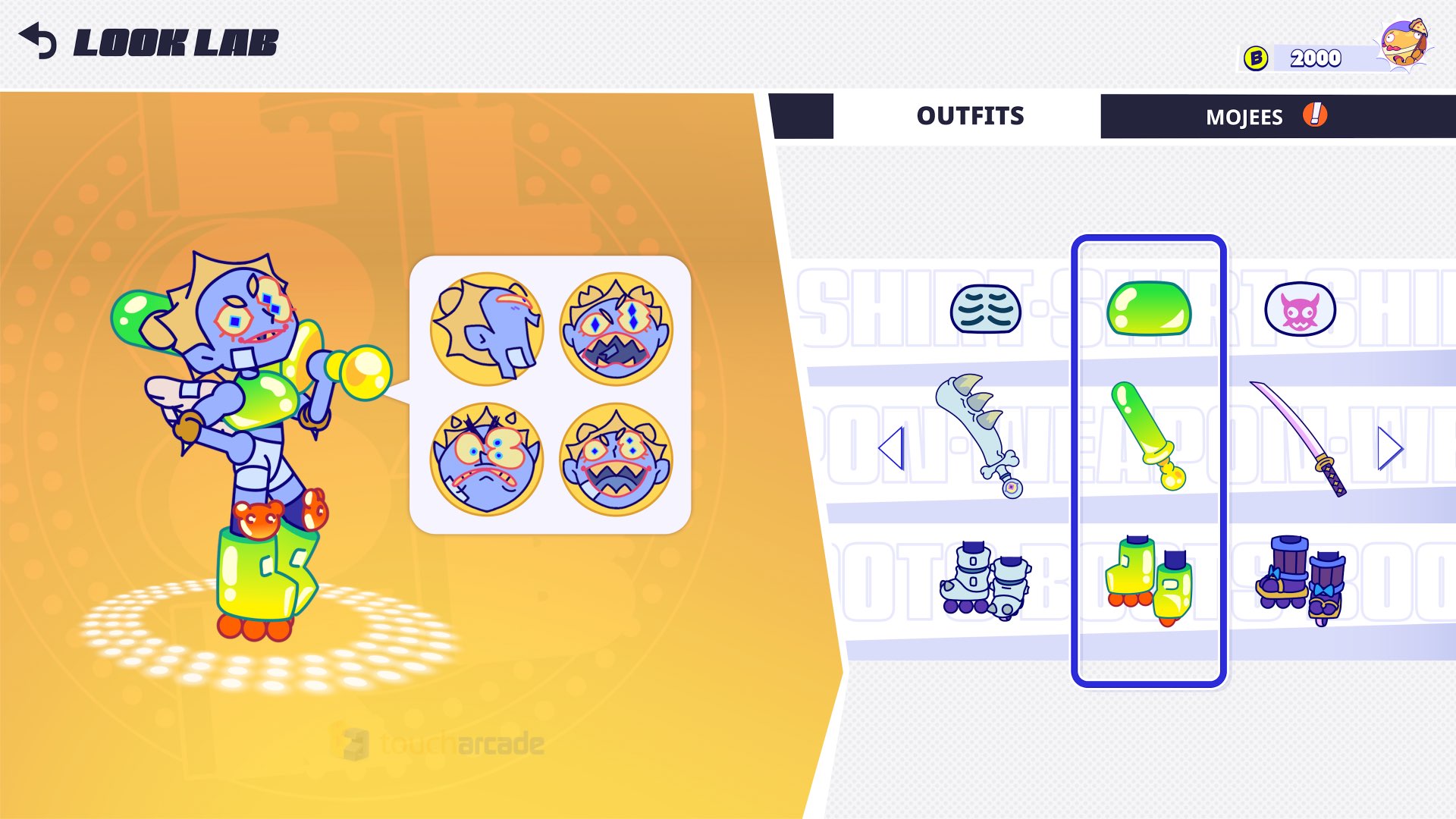
TA: I feel like the focus at Netflix is quite different to where Apple is with Apple Arcade right now. Apple is still bringing quality indie games, but we are seeing a lot of older games arrive through “+" versions. If you’re going to release a boutique indie game right now on mobile and don’t want to do a standalone release, it feels like Netflix is a safe bet because you also get the reach of Android without being limited to just iOS. How has it been working on Android if you can talk about that?
DV: Yeah it’s still ongoing right. I’d say probably maybe even half of our studio are our Android users, and it’s exciting to be bringing one of our games to that audience. It’s great having the potential to reach that many more people simply because of servicing both platforms. We’re still working on it now so yeah.
TA: You mentioned having the PvP focus. Will the online be cross platform between Netflix Games and Steam?
DV: Yes
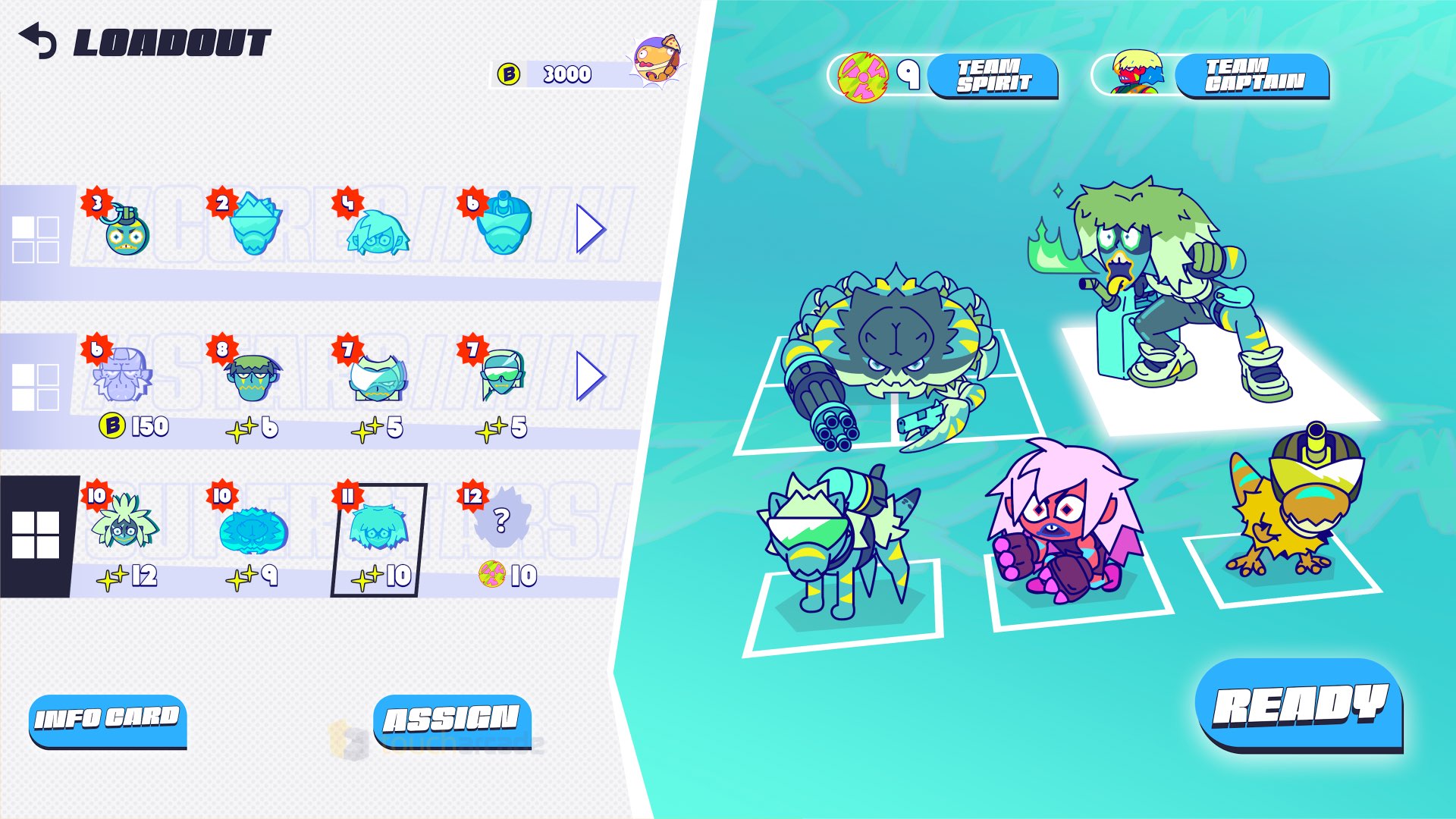
TA: Will Battle Vision Network have its own campaign for people who want to play solo?
DV: The interesting thing about Battle Vision Network is despite it being a PvP game, there’s a strong focus on the single player experience. There are challenges and narrative quests that sort of are agnostic of whether you win or lose a battle. Just by playing a battle against whoever no matter the outcome, you’re sort of moving the needle on all these different aspects of the game of your single player experience.
TA: I wanted to know are there any plans to do any crossovers with Grindstone and Battle Vision Network with characters appearing or maybe cosmetics and stuff like that?
I’m gonna say no comment for now.

TA: Will Battle Vision Network be optimized for Steam Deck?
DV: Our goal is to be fully Steam Deck ready at launch, but it’s too early to say based on where we are in development.
TA: How will the monetization work in Battle Vision Network across Steam and Netflix?
DV: Apart from the cost of entry (buying the game), monetization on PC is not planned for Battle Vision Network. Thanks to Netflix, the team also doesn’t have to worry about microtransactions and other monetization methods on mobile platforms.
As indie devs working with an Apple Arcade or Netflix allows us to focus on making the best game we can make, a fun game, and we don’t have to worry about monetization and sort of the gamification of those kinds of systems which are really tough to figure out. It can be really tricky and sometimes even controversial with players. By working with Netflix, we just have to focus on the game because none of that stuff exists for Netflix Games which is great.
TA: Can you comment on who is doing the music for Battle Vision Network?
DV: We are teaming back up with both Jim Guthrie (Sworcery) and Sam Webster (Grindstone). They’re collaborating on a kick ass soundtrack for the game. The track in the trailer is one of the new tracks for the game.
TA: Going back to Sworcery. You mentioned how it was working on Sound Shapes. I wanted to ask about how it has been working on Sword and Sworcery all those years and just revisiting it for updates.
DV: It’s amazing. We’ve still worked on porting to other platforms and updating it for newer devices, and it was a very small team that worked on that. So every time there’s a new version that needs to be put out or updated, those original folks have to jump back into it. I think they get very nostalgic, and there’s a lot of sharing of old memes, and old memories every time. It’s a very special project and was very formative for the studio.
I think the folks that were involved are super proud of it, and so it’s wonderful that we still get people requesting new versions, having it come to new platforms, and sharing their memories of it. We’re realizing how formative a game it was for a lot of people. It came out of a really interesting time for mobile games, and for indie games, and for sort of more narrative or arty games. It’s just a really special game that we’re super proud of.
TA: I still think it’s one of the best games I’ve ever played, and it’s unfortunate because of what’s happened with Twitter’s API with that aspect of the game lost. Those gimmick accounts for the game like Logfella and sharing stuff from the game to Twitter was really great. Good times.
I’d like to thank Dan Vader from Capybara Games and Jurge Cruz-Alvarez from popagenda for their time and help here.
You can keep up with all our interviews here including our recent ones with Simogo here, Amanita Design here, Akitoshi Kawazu, Kenji Ito, and Tomokazu Shibata here, Dave Oshry of New Blood, Digital Extremes for Warframe mobile, Team NINJA, Sonic Dream Team, Hi-Fi Rush, Pentiment, and more. As usual, thanks for reading.

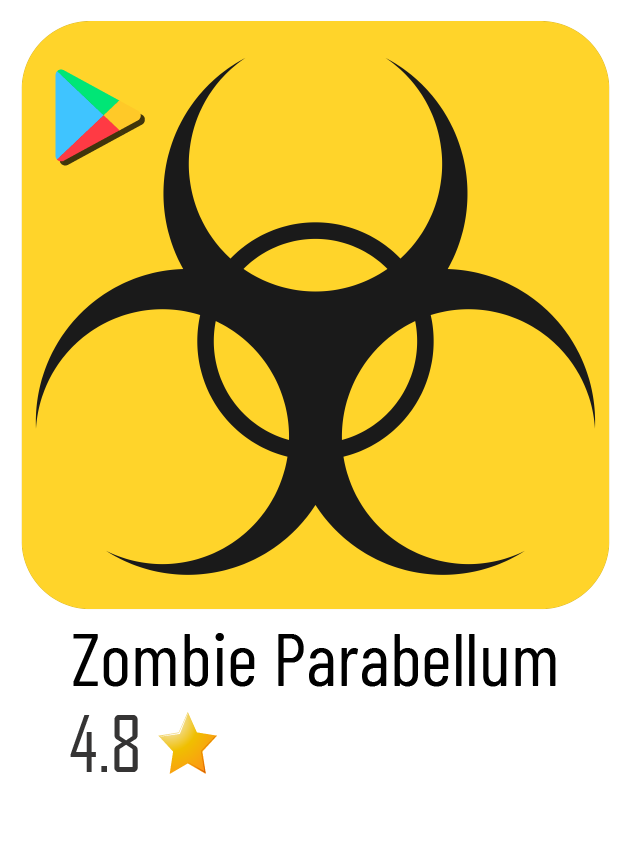
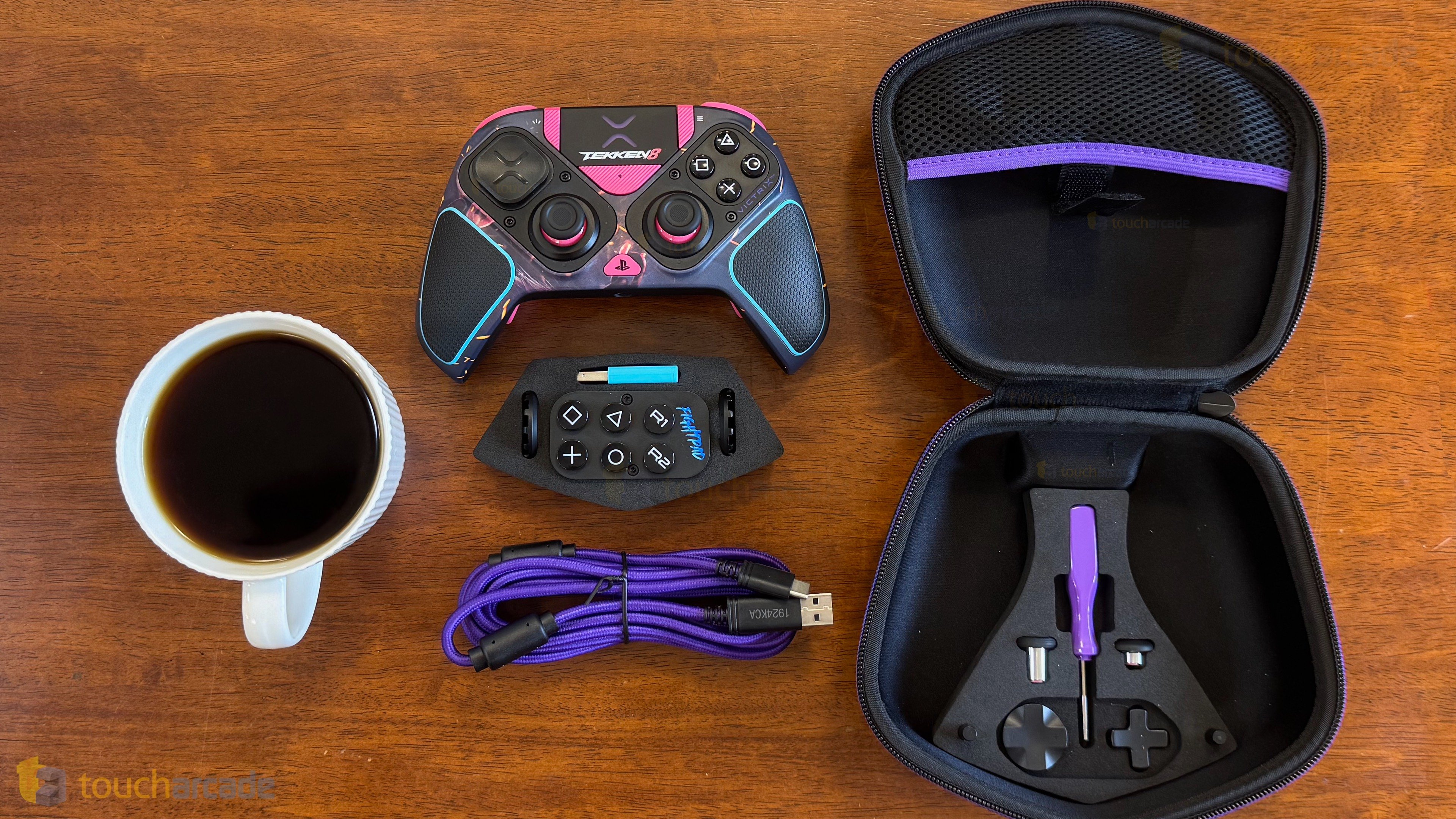
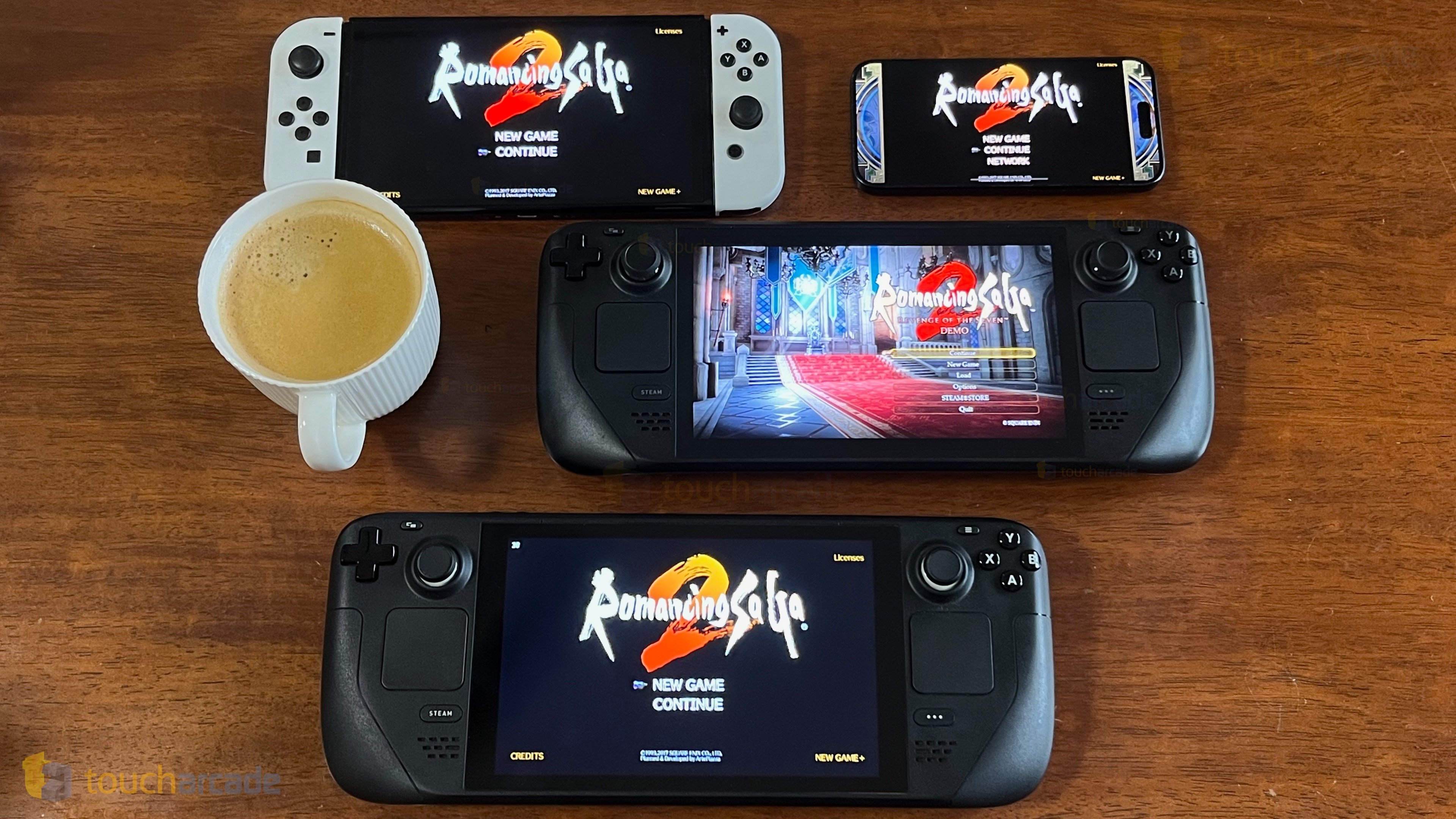
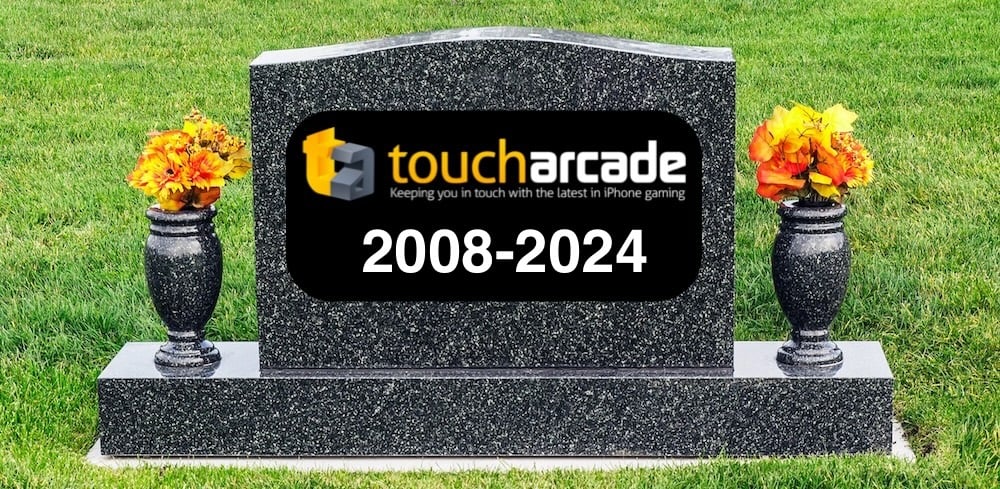
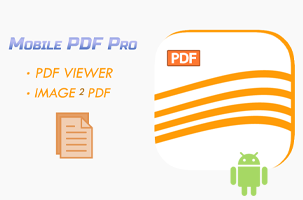






 English (US)
English (US)